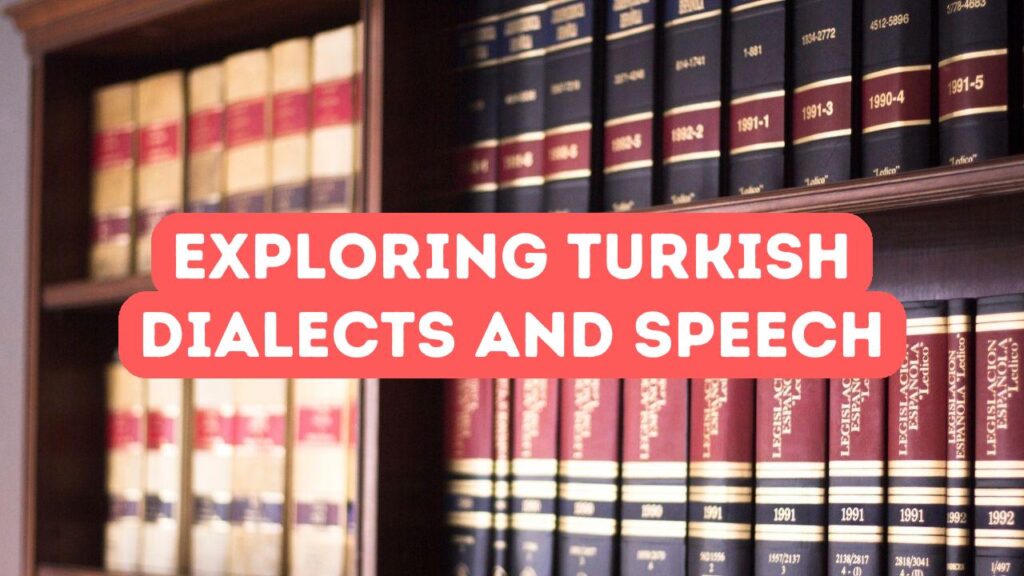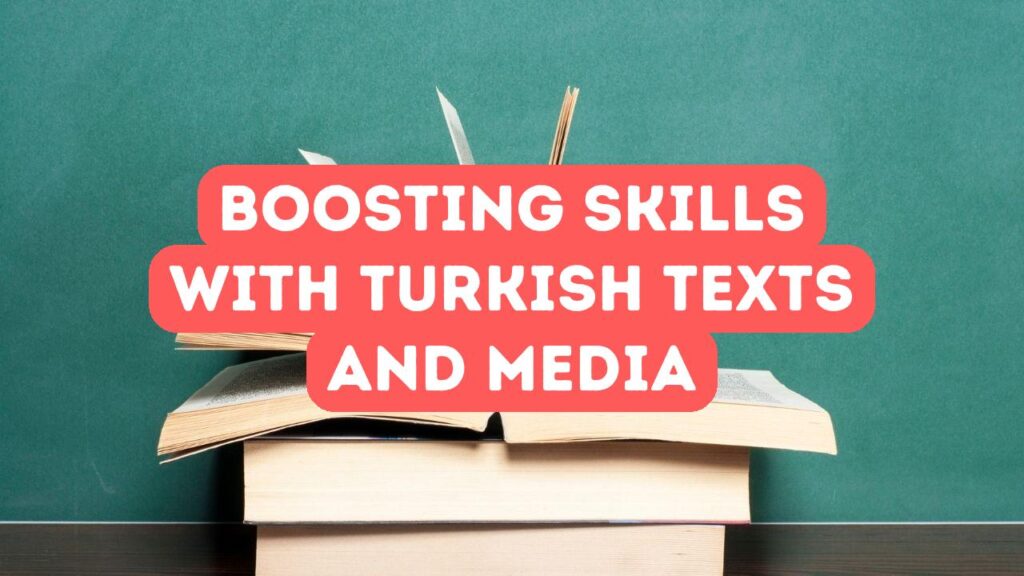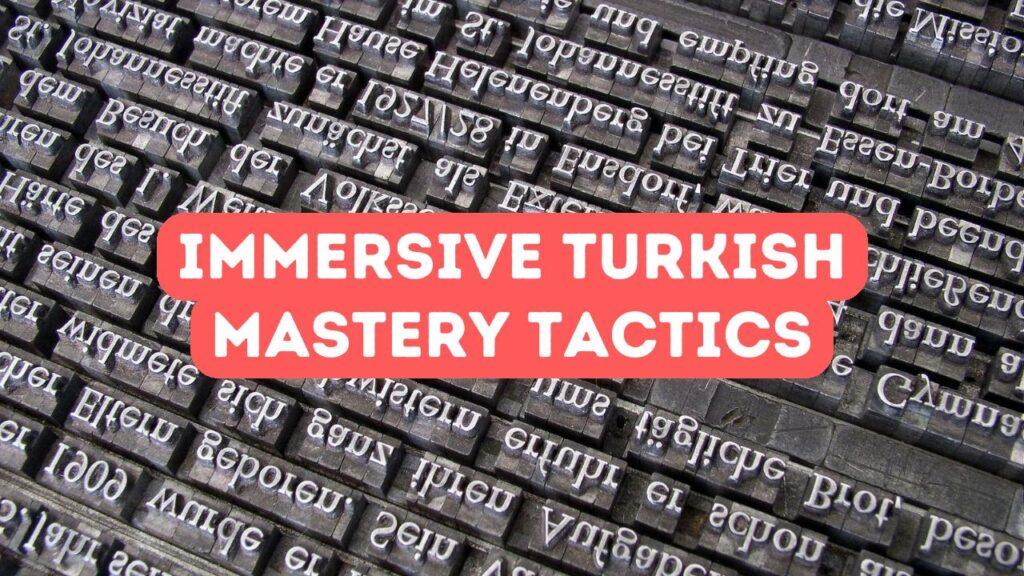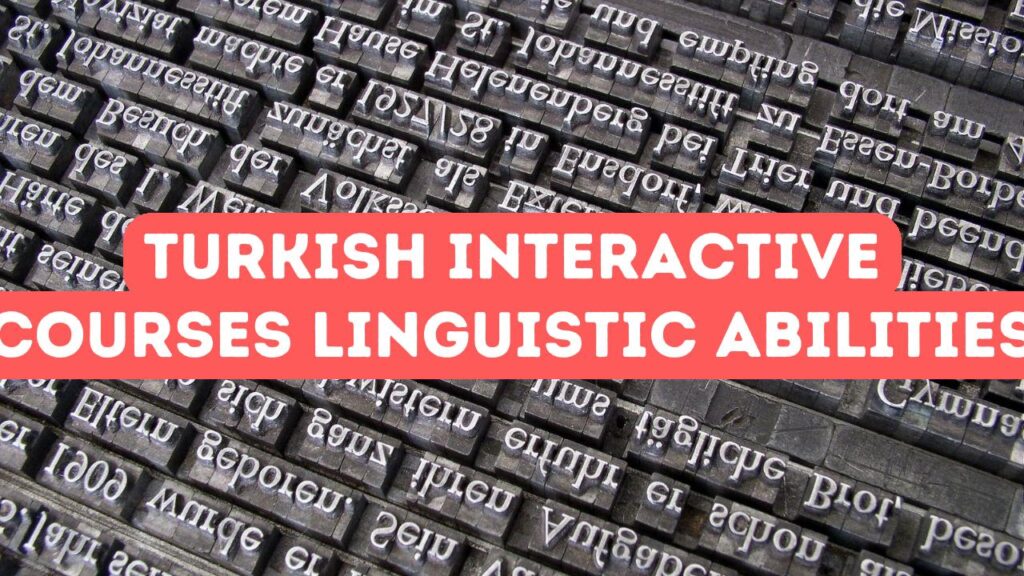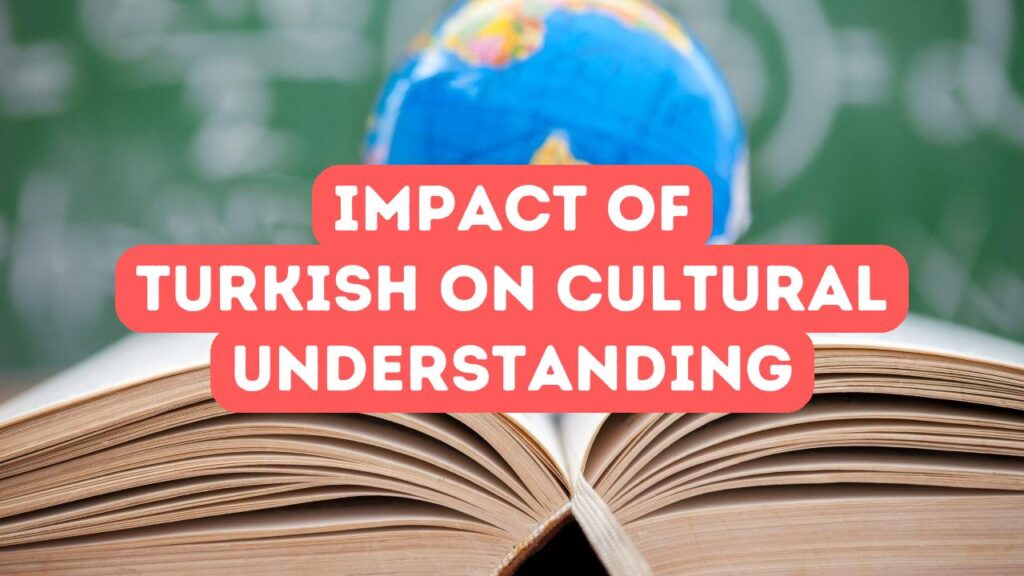The Linguistic Landscape of Turkey: An Exploration of Dialects
Venturing into the linguistic landscape of Turkey is akin to traversing its physical terrain, each region offering a unique dialectal soundscape that echoes the local customs and historical influences. The dominant variety, Istanbul Turkish, stands as the standard form used in media and education, with its roots deeply entrenched in the cosmopolitan history of the Ottomans. However, beyond the bustling streets of Istanbul, the linguistic topography shifts dramatically. To the east, in the vast landscapes of Anatolia, one encounters dialects that preserve ancient Turkic elements, interspersed with substrata of languages from the many civilizations that have flourished there. To the south and west, the coastal dialects often exhibit a melodic intonation, a heritage of close maritime connections and trade links with the Mediterranean and Aegean worlds. Each dialect carries within its cadences a story of the land, a testament to Turkey’s role as a crossroads of peoples, cultures, and languages.
The diversity of Turkish dialects is not merely phonetic but lexical and syntactical as well. The Black Sea region speaks a dialect often characterized by rapid speech and the use of şive, distinct local expressions or accents, marking their speech as markedly different from the rest of Turkey. In the southeast, the influence of Kurdish and Arabic languages on the Turkish spoken there adds a layer of linguistic richness that manifests in idioms and vocabulary. Conversational patterns are also imbued with the nuances of local customs and interethnic communication, reflecting the complex social fabric of the area. As language adapts to the confines of geographic and social landscapes, these regional differences in Turkish offer an audible palette of the nation’s multicultural mosaic, each dialect an echo of the unique interactions and histories of its speakers.
Deepening the exploration of Turkey’s linguistic diversity, Central and Eastern Anatolia present yet another facet where the influence of historical Turkic migrations is palpable. Here, the speech is adorned with archaic Turkic structures and vocabulary, offering insights into the migratory patterns of Turks over centuries. Dialects in these areas, such as the one spoken in Konya, retain a conservatism in language, preserving words and grammatical constructs that have since evolved or disappeared in Standard Turkish. This linguistic conservatism provides a window into the past, revealing the endurance of language despite the relentless march of change and modernization. The dialogue between the old and the new in these dialects is a powerful narrative on the resilience of cultural identity, manifesting how language serves as both a guardian of heritage and a perpetuator of contemporary societal norms.
Regional Nuances and Linguistic Diversity in Turkish Speech
As we traverse through the multifaceted linguistic landscape of Turkey, we encounter regional nuances that reveal the country’s remarkable linguistic diversity. The Aegean dialects, with their softened consonants and melodic intonation, provide a stark contrast to the harsher, guttural sounds of Eastern Anatolian speech. To the ear attuned to Standard Turkish, the Black Sea dialect can be as challenging as the region’s rugged terrain, full of distinctive vocabulary and syntax that reflect the area’s seafaring and agricultural heritage. The Mediterranean dialects, conversely, often interweave Italian and Arabic loanwords, betraying a history of trade and cultural exchange. Each regional accent and dialectical variation is not merely a matter of phonetics or vocabulary; they are the echoes of migrations, conquests, and the uniquely Turkish blend of continuity and change that has developed over centuries.
In the bustling metropolises like Istanbul, the linguistic tapestry becomes even more intricate as demographic diversity creates a melting pot of dialects. Here, the speech brims with cosmopolitan flair, comprising elements from across the country, overlaid with international influences due to extended contact with foreign traders, travelers, and residents. This urban vernacular stands in stark contrast with the conservative cadences found in Central Anatolia, where speech patterns are more reflective of age-old Turkish oral traditions and a slower pace of life. The ‘Istanbul Turkish,’ often considered the standard, is polished by media and education, yet still bends to the colloquialism of local neighborhoods, showcasing an ever-evolving dialogue between the standard language and regional expressions. The ebb and flow of this linguistic exchange are evident in daily communication, acting as a testament to the resilience and adaptability of Turkish as a living language.
Beyond the bustling cities and coastal influences, the southeastern regions of Turkey introduce yet another linguistic dimension characterized by the imprint of Kurdish and Arabic. This region’s speech often incorporates distinct phonetic and grammatical structures from these neighboring languages, a reflection of the area’s complex ethnic tapestry. Such nuances extend beyond mere word borrowing to encompass shifts in tonality and expressions that are rooted in centuries-old traditions and narratives unique to this geographic crossroads. Within this vernacular collage, the resilience of regional identities is palpable, preserving a linguistic richness that stands as a testament to Turkey’s role as a nexus of cultures, peoples, and histories. The understanding of these linguistic intricacies not only enriches our appreciation of the diversity within Turkish dialects but also underscores the profound influence of intercultural interactions on the evolution of language in this vibrant region.
Deciphering the Dialects: Turkey’s Multifaceted Language Tapestry
As we begin to unravel the intricacies of Turkey’s linguistic tapestry, it becomes apparent that the country’s geography has played a pivotal role in the formation of its many dialects. Turkey’s terrain is a stark mosaic of mountain ranges, fertile plains, coastal stretches, and isolated valleys, each fostering distinct speech forms. Within the bustling metropolises like Istanbul and Ankara, one finds a relatively standardized form of Turkish that bears the influence of official language policies and education. However, venture into the remote villages of the Black Sea region, the Aegean coasts, or the southeastern borders abutting Syria and Iraq, and the language takes on unique dimensions. Each area breathes life into Turkish with local nuances, idiomatic expressions, and variants that can sometimes be unintelligible to speakers from other regions. These dialects are not just mere footnotes in the story of Turkish; they are the embodiment of the country’s multifaceted identity, an emblem of regional pride and historical depth.
The linguistic diversity of Turkey is further enriched by the legacy of the Ottoman Empire, which melded a multitude of ethnicities and languages under its rule. This intricate past has woven words and phrases from Arabic, Persian, Greek, Armenian, Kurdish, and many other languages into various Turkish dialects. The Eastern Anatolian region, for instance, is a melting pot where the sounds and syntax of indigenous languages blend seamlessly with Turkish, creating a linguistic landscape as complex as its people. In contrast, communities along the Mediterranean are known to speak a form of Turkish that retains strong echoes of a Greek-infused Cypriot dialect, a testament to the centuries of coexistence in the region. Such rich intermingling showcases the sheer range of linguistic variation across Turkey, which is not simply a patchwork of different accents, but a colorful mosaic of tongues that tell the tale of the country’s long and storied cultural cross-pollination.
Embarking further into the exploration of Turkish dialects reveals a societal fabric where language acts as a marker of both regional loyalty and generational change. In the bustling bazaars and close-knit neighborhoods of cities like Izmir and Gaziantep, conversational rhythms dance to the beat of local vernaculars, preserving distinct linguistic heritages against the tide of globalization and linguistic homogenization. Yet, as younger generations migrate to cities or abroad, they often adopt a more cosmopolitan way of speaking, which gradually diffuses regional quirks. This push and pull between the traditional dialects and the evolving modern Turkish language highlight an ongoing narrative of cultural identity, as Turkey grapples with the downpour of global influences while striving to protect its linguistic biodiversity. In this ever-changing linguistic ecosystem, every dialect is a testament to the resilience and adaptability of the Turkish language, continuing to thrive and narrate the nation’s collective saga through the words of its people.

